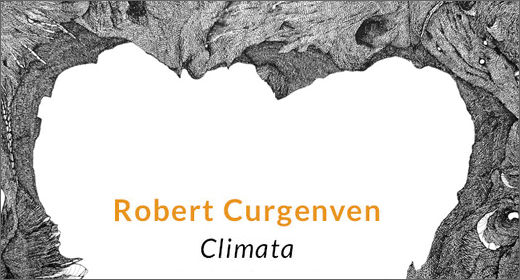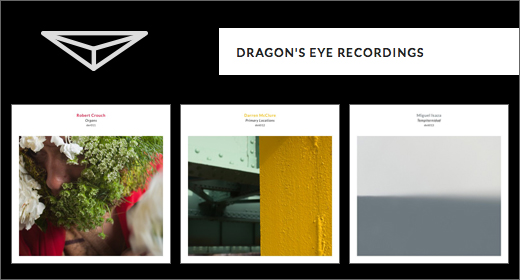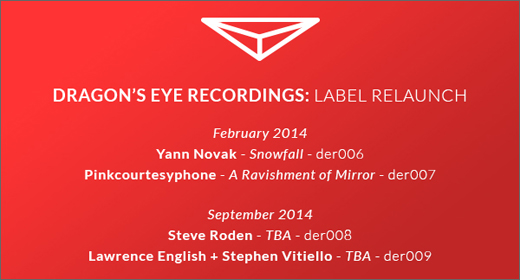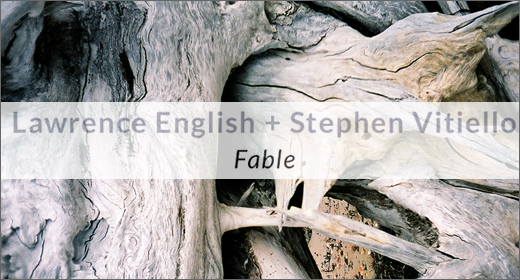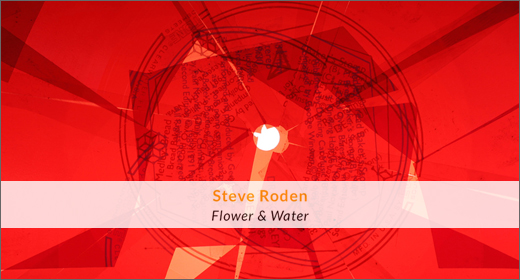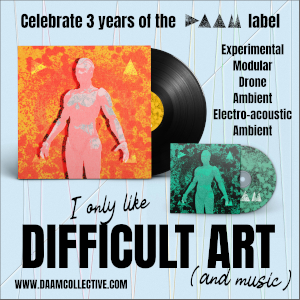Environments designed to bespoke geometric parameters with apertures admitting specific amounts of light and sound.
Site is the essence of Robert Curgenven’s music—from its semiotic banner, Recorded Fields, to its rootedness in embodied sound. Its subject is the auditory act, its effect on space, architectural or open, and situatedness in time. They Tore the Earth and, Like a Scar, It Swallowed Them (see here) sprang from Australian outback audio-finds; SIRÈNE from Cornish church organ captures. Now Climata seeks sound-space symbiosis via the ambience of James Turrell’s Skyspaces—environments designed to bespoke geometric parameters with apertures admitting specific amounts of light and sound (for detail of the geo-philosophy and physics behind Turrell’s project, see liner notes).
Site here is multiple: the interior of each Skyspace, its maneuvering of the hum—how its spatial dimensions are mediated through sound, and how the outside world intersects with its constructs; a Skyspace is experienced both as filter—of the ‘outside’ world, and frame, blurring interior-exterior binaries; the internal shapes how quiet World sounds move within it, coloring the tones played into it, while dressing the air and its exchange with the external. Sounds are sourced from custom tone generators, carefully placed mics and portable speaker, then used to construct a series of timbral fields framed by each Skyspace’s architecture. Initial tones are a by-product of recording process, bringing intra- and extra-spatial air together, oscillating through the aperture with a soft phasing whoosh or flutter. Quiet deliberate microtonal interventions are made in situ to capture not only the internal acoustic interactions of individual spaces but also site-specific externalia—wind rustle, bird chirp, a distant siren, making each recording a specific document of weather, location and duration, physicality rendered audible by Skyspace architecture.
Climata, with its 2 discs, 3 long-form tracks, each comprising up to 40 recordings from 15 Skyspaces, lends itself to sequential or simultaneous playback in any order, a 2-system serving suggestion affording days-worth of unique combinations. Each proceeds with oscillatory and kinetic microvariation, immersing in a sonic environment with a rich depth of field, as sine-waves spectrally converge and diverge, forming microtonal nests from stacked strata of recorded fields. Deep listening reveals a Brownian motion of liminal particulate activity—music at once reflective and creative, of the Skyspaces and of new ‘musical affordances’ (Krueger, 2011).
Climata is available on Dragons Eye and Recorded Fields.






